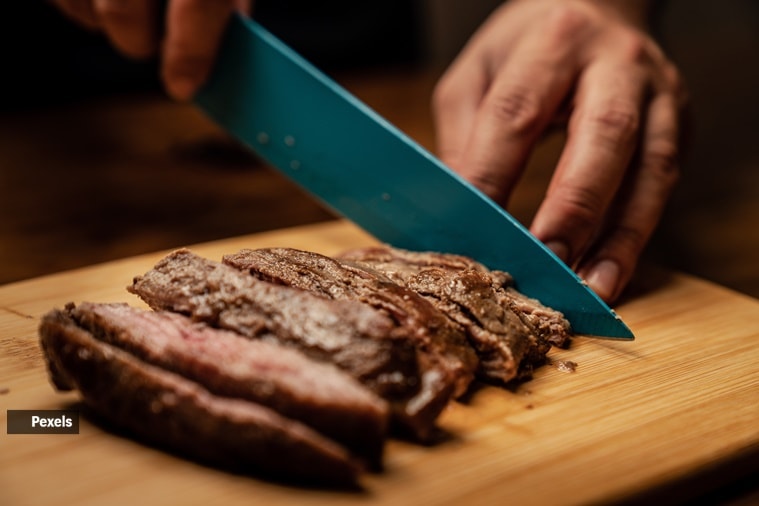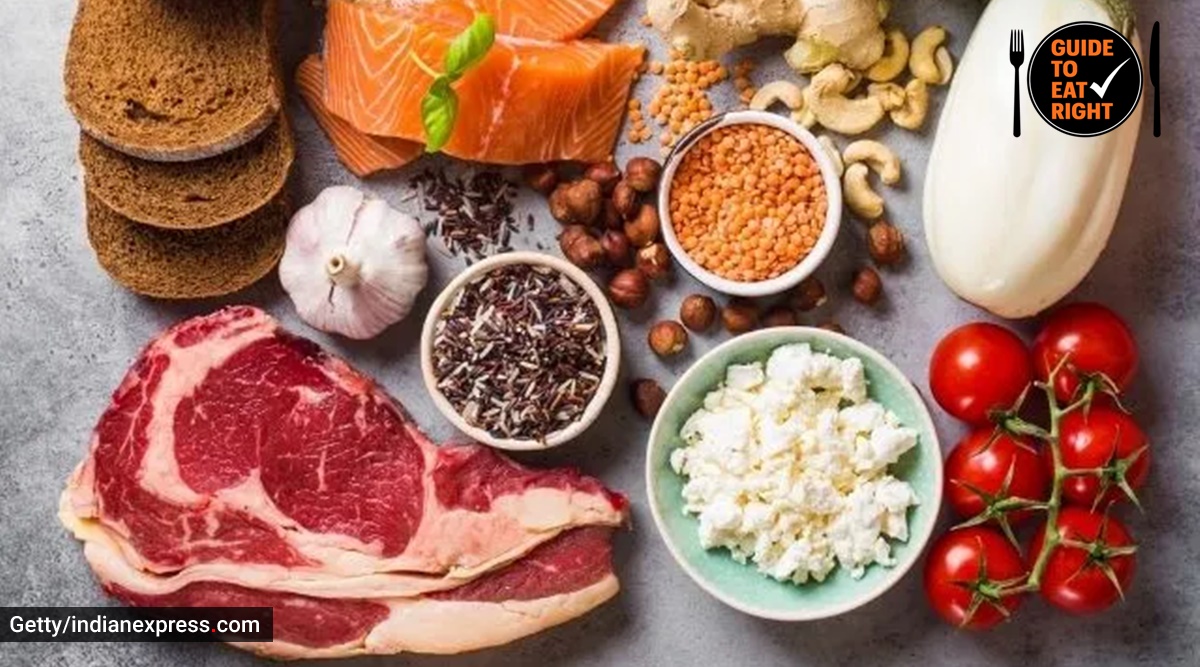Food combining refers to a nutritional approach that advocates combinations of foods or discourages certain combinations for health benefits. Despite the lack of evidence for these claims, food combinations are promoted to promote good health, digestion, ‘detoxification’ and weight loss. It proposes a list of rules such as avoiding starch and protein together, always eating a fruit before a meal (not after), avoiding eating fruits and vegetables together at the same time, not drinking cold water during a meal, etc.
Myths about food combining are based on a possible explanation: different foods it must be consumed at different times to avoid accumulation within the intestine. In this column, we’ll discuss five common myths surrounding food pairings that have gone unchallenged for decades, with no scientific explanation.
Pairing vs food combination
Pairing and combining foods are not the same. Identify which foods go well together from the point of view of flavor It is known as food pairing. The principle behind this method is that foods go well together when they have similar flavor components.
Primarily used in culinary applications, food pairing provides foodies, food enthusiasts, and home cooks with better ideas for their recipes, as well as improving chefs’ recipes. There are many food combinations that can be made by food pairing, but these combinations are based on the intrinsic properties of the different foods, depending on the flavors in the food
Common myths about food combining
There is a profound lack of basic principles of human biochemistry and physiology related to food digestion and absorption in food combining theory. Furthermore, proponents of this theory grossly underestimate the digestive tract’s ability to handle multiple tasks at once. In any case, eating meat with grain it will not cause the meat to rot inside the digestive system as there are enzymes to digest different nutrients simultaneously.

The first and most common myth about food combining is eating fruit on an empty stomach. In this myth, the fruits are believed to stick to the digestive system and eventually rot when eaten with foods. As a result, eating fruits with meals will result in gastric discomfort, bloating, etc. It is true that fruits are digested slowly due to their high fiber content, but they do not rot in the stomach or stay there forever. In addition, there is not a single scientific study that proves this claim.
Another common misconception is that eating fruits before or after meals decreases the nutritional value. The digestive system is capable of extracting nutrients from any food, at any given time. It doesn’t matter if you eat fruits on an empty stomach or with a meal, their nutritional value remains the same.
The principle of food combining suggests starch and protein foods it should not be mixed, such as combining potato with chicken. According to advocates, the digestive system can’t handle two nutrients simultaneously, so it’s possible for a food to rot in the stomach for a long time, creating digestive problems. The food-combining theory suggests that protein foods such as meat, which remain in the digestive system for a long time, can produce toxic substances due to fermentation and slow digestion. We have different digestive enzymes and mechanisms to digest different nutrients at the same time in our digestive system.
Another popular myth revolves around the combination of different protein foods which, when consumed all at once, can create an intensely acidic environment that causes digestive upset, according to the food-combining theory. In fact, the digestive enzymes of our intestine break down proteins without discriminating their origin.
Why is the food combining theory a myth?
Most of the food combining components are myths, as they are not backed by a solid scientific explanation. Many theories are based on ancient literature when the concept of digestion, Human Nutrition, or biochemistry were not well developed as scientific disciplines. An important component of the food combining theory is based on the inability of the body to digest combined foods or the inability of the body to digest carbohydrates, proteins and fats at the same time. This is not true. First of all, almost all foods contain some amount of carbohydrates, proteins and fats. For example, meat is an important source of protein, but it also contains fat. So our digestive system is designed to digest all three nutrients simultaneously.
Food combining myths also revolve around the concept of spoiled food in the digestive system. There is no such thing. Why? In the presence of acid in the stomach, microbes cannot grow and spoil food. Furthermore, undigested fiber is fermented only in the large intestine by beneficial bacteria for health during the production of feces. As a result, short-chain fatty acids are produced, which reduce inflammation, improve digestion, reduce blood glucose spikes, and prevent colon cancer.
To conclude, combining foods does not appear to be beneficial. In fact, modern nutritional science disproves many components of food combining. That said, if you’re still confused, talk to an expert in the field to plan your meal for optimal health outcome.
📣 For more lifestyle news, follow us on Instagram | Twitter | Facebook And don’t miss the latest updates!
!function(f,b,e,v,n,t,s)
{if(f.fbq)return;n=f.fbq=function(){n.callMethod?
n.callMethod.apply(n,arguments):n.queue.push(arguments)};
if(!f._fbq)f._fbq=n;n.push=n;n.loaded=!0;n.version=’2.0′;
n.queue=[];t=b.createElement(e);t.async=!0;
t.src=v;s=b.getElementsByTagName(e)[0];
s.parentNode.insertBefore(t,s)}(window, document,’script’,
‘https://connect.facebook.net/en_US/fbevents.js’);
fbq(‘init’, ‘444470064056909’);
fbq(‘track’, ‘PageView’);
.
